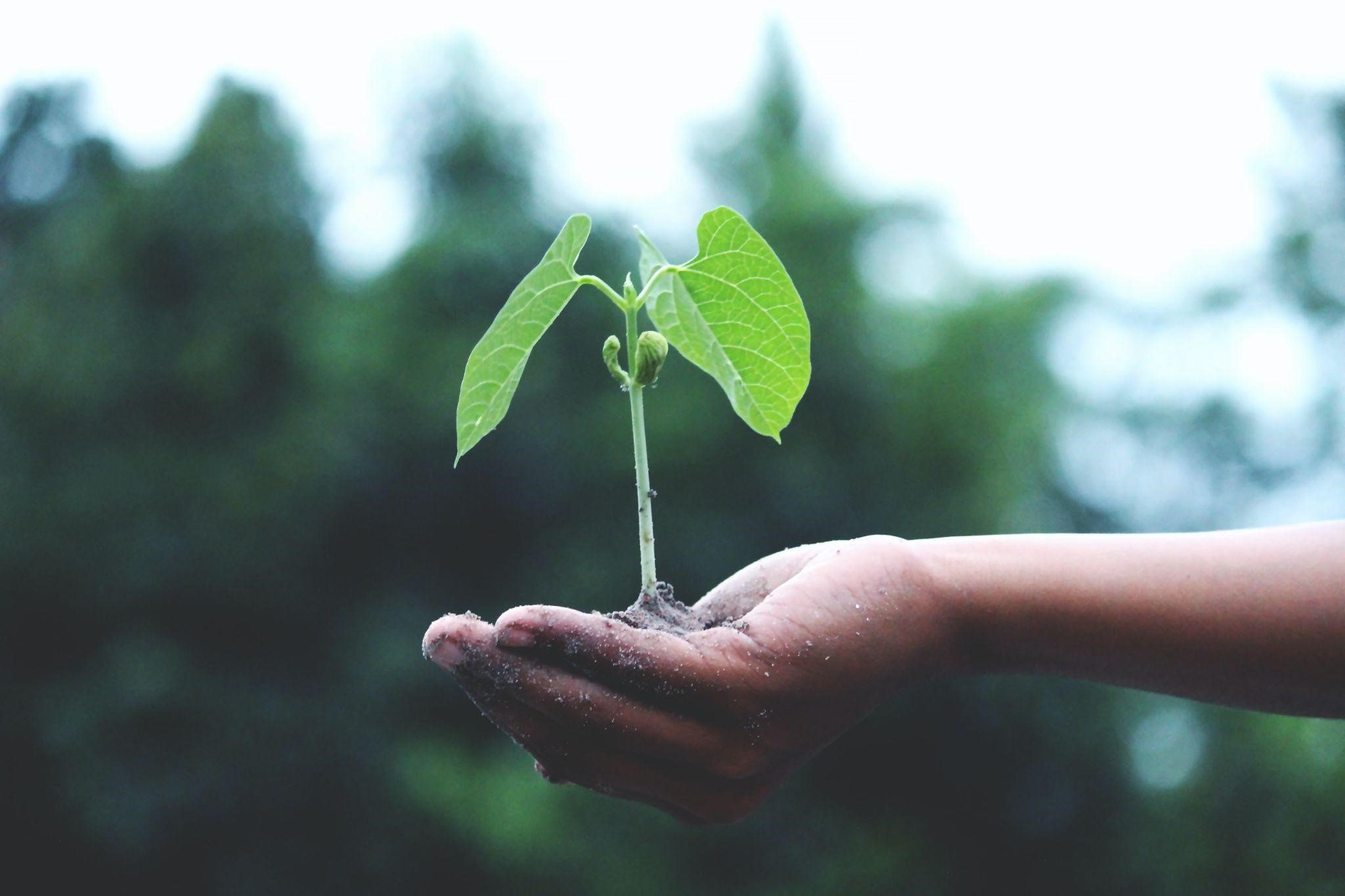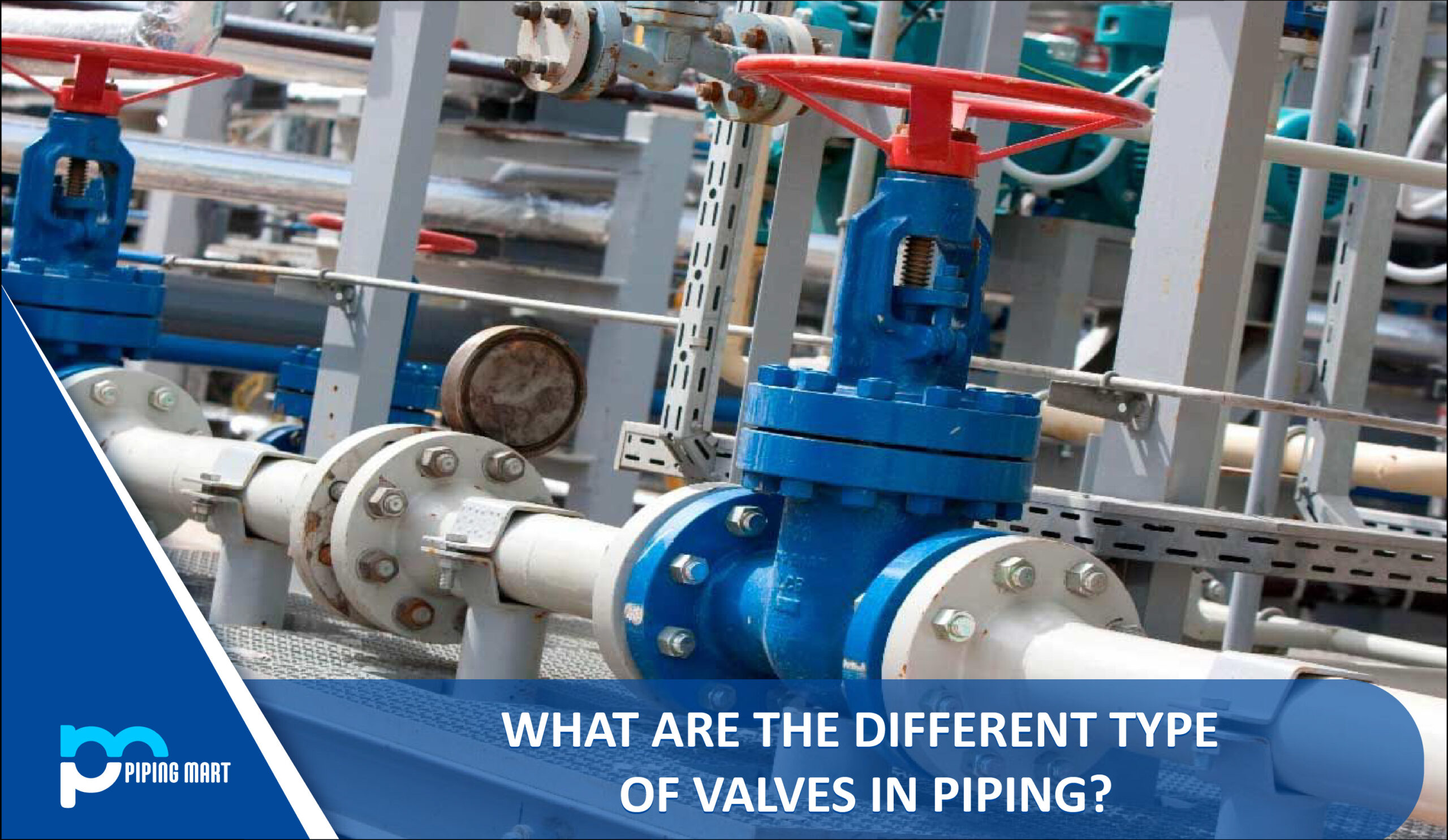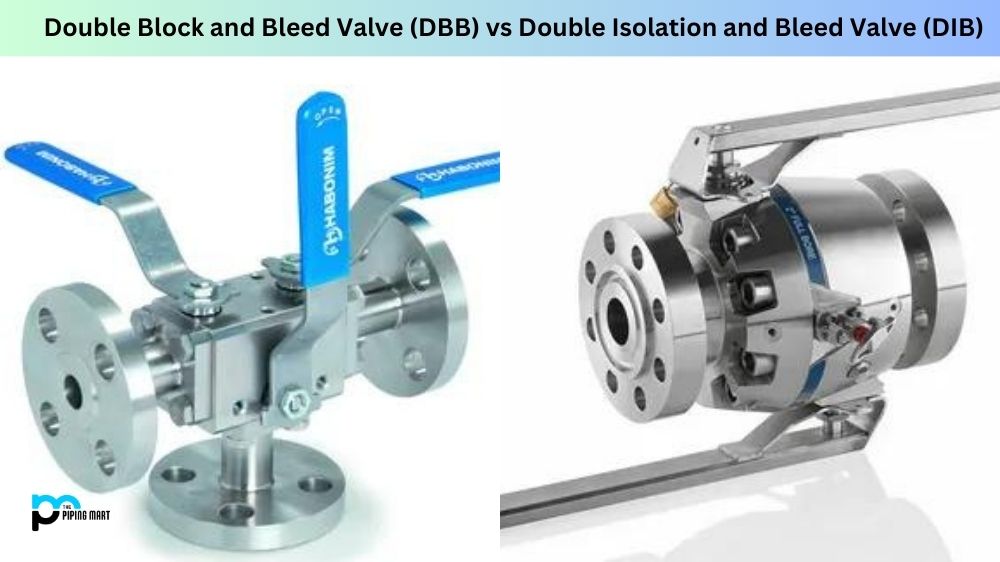The growing demand for environmentally-friendly procurement is pushing sustainability forward. However, the success of corporate sustainability initiatives relies on the willingness of businesses to meet higher standards. The greater the demand for eco-friendly piping, the faster and more actively this area will develop.
Last year, the Rio+20 conference introduced several corporate environmental sustainability initiatives. The PVC industry also made commitments to improve its environmental performance through the VinylPlus program.
What is green technology for a sustainable future?
In simple words, all green technologies either use renewable resources of the Earth or recycle recyclable materials. This means that they do not harm the planet and can support the sustainable existence of people on the planet for generations to come.
How can sustainability be improved with green technology?
Currently, the European PVC plastic pipes industry recycles approximately 50,000 tonnes of material each year due to previous voluntary commitments. The ambitious VinylPlus initiative aims to increase the annual consumption of recyclates to 800,000 tonnes. The plastic pipes industry has pledged to use 100% of the available rigid PVC pipes to recyclate. Moreover, recyclates from other sources, like profiles, are also utilized.
The replacement of lead-based stabilizers with alternative substances is another achievement from the pipes industry under the VinylPlus commitment.
Professionals frequently utilize a range of specialized software applications and tools for the design, analysis, and management of piping-related tasks. Some widely recognized applications and software programs for such tasks encompass:
Best Software for Pipe Manufacturing and Design
Professionals frequently utilize a range of specialized software applications and tools for the design, analysis, and management of piping-related tasks. Some widely recognized applications and software programs for such tasks encompass:
#1 AutoCAD Plant 3D
AutoCAD Plant 3D brings modern 3D design to plant designers and engineers, utilizing the familiar AutoCAD platform. It offers spec-driven design, standard parts catalogs, and integrated AutoCAD P&ID functionality for streamlined piping, equipment, and support structure assignment. Boosting productivity, accuracy, and coordination, the quick generation of isometric and orthographic drawings is also available.
#2 BIM 360
BIM 360, an Autodesk solution, empowers seamless collaboration and efficient project management through cloud-based tools. It facilitates the coordination of piping projects and ensures real-time access to the latest design data for teams.
#3 Pipe Flow Expert
The software specializes in analyzing hydraulic and fluid flow in pipes, enabling optimization of pipe network designs and precise pressure drop calculations.
#4 CAESAR II
CAESAR II® serves the piping industry by defining and evaluating system models. It facilitates the collection of accurate data from designs through robust bi-directional links to CADWorx piping CAD software. With this link, error-free analysis models can be effortlessly created. Results generated by CAESAR II utilize a color-coded system that swiftly and pinpoints areas of concern. These visual representations also provide animated displacements for stress load cases.
#5 SolidWorks Piping
This software is a component of the SolidWorks suite. It is intended to facilitate the design and analysis of piping systems in a 3D modeling environment.
#6 PDMS (Plant Design Management System)
Introduced in 1976, PDMS stands as one of the earliest and most elite software packages available. However, AVEVA plans to discontinue PDMS by 2024 and introduce its latest cutting-edge 3D software, E3D Design, as a replacement. The oil and gas industry extensively utilizes PDMS for the 3D modeling and design of piping systems, enabling efficient and effective implementation.
#7 Navisworks
Navisworks actively detects clashes and facilitates 3D coordination in intricate projects, specifically those involving piping systems.
#8 Pipe Sizer
The Pipe Sizer mobile app allows engineers and contractors to quickly calculate pipe sizes for different fluid types. Unfortunately, the application has regional restrictions. The good news is that you can unlock location-based apps using a VPN. Even a free trial of VeePN will be enough to bypass regional restrictions.
#9 Pipe Color Code
Pipe Color Code is a unique mobile application that actively assists users in identifying the content or purpose of pipes through the effective utilization of color codes.
#10 P&ID Designer
The P&ID Designer software is specifically designed to create and manage piping and instrumentation diagrams (P&IDs) efficiently.
What is Green Building and Design the Future of Sustainable Design?
Modern construction, with a focus on sustainable living, will use materials and technologies that do not harm the environment. Consequently, they also do not cause harm to people. This is a fairly broad area because there are already environmentally friendly and safe materials and technologies. In this regard, everything is interconnected. The more of us embrace green building and design, the faster market realities will change. Here’s an example of what companies can do with CCUS technology.
Carbon capture, utilization, and storage (CCUS) is a cutting-edge technology that addresses climate change by capturing carbon dioxide (CO2) emissions from industrial processes. The captured CO2 is also used, and until then it is stored in geological formations. The process involves separating and capturing CO2 from emission sources like power plants and factories. Different technologies, including post-combustion capture, pre-combustion capture, and oxy-fuel combustion, can be used for carbon capture. The technology choice depends on the specific application, emission source, and economic factors.
Conclusion
This approach requires additional financial investments, but they all pay off in the long term. Green building and sustainable living are good for us and the future of our heirs.

A passionate metal industry expert and blogger. With over 5 years of experience in the field, Palak brings a wealth of knowledge and insight to her writing. Whether discussing the latest trends in the metal industry or sharing tips, she is dedicated to helping others succeed in the metal industry.




